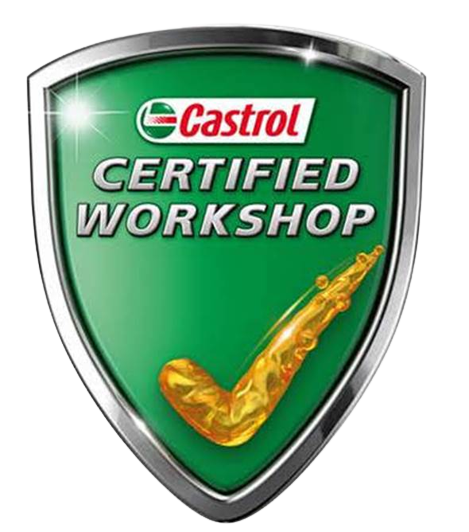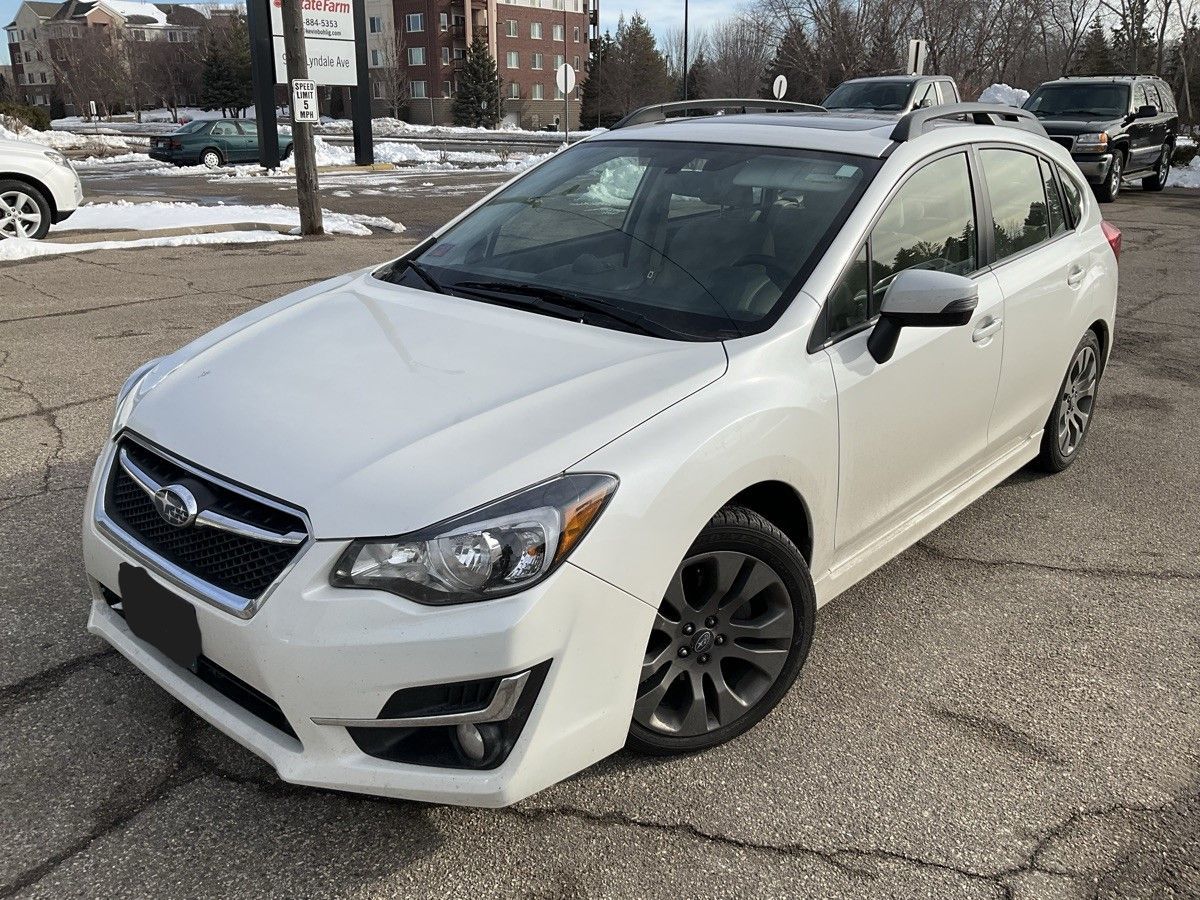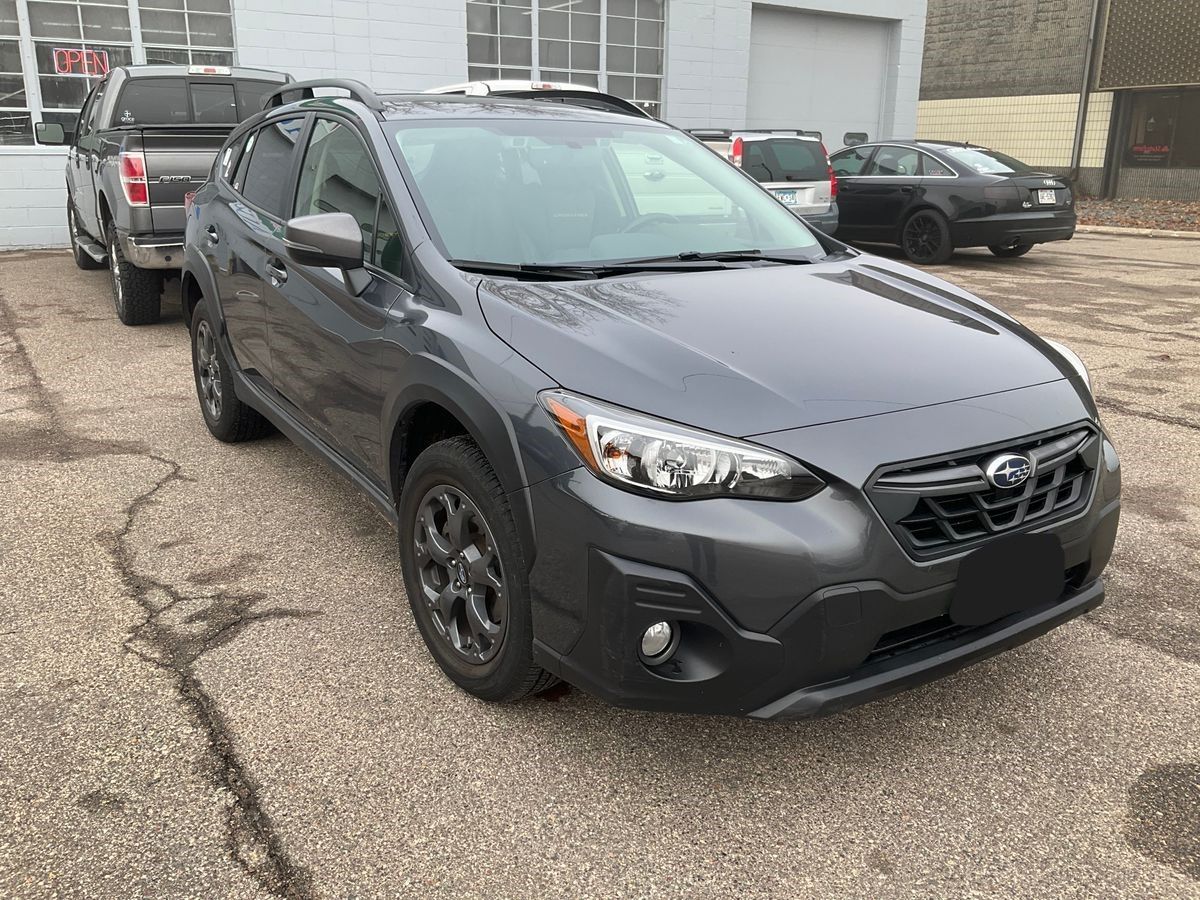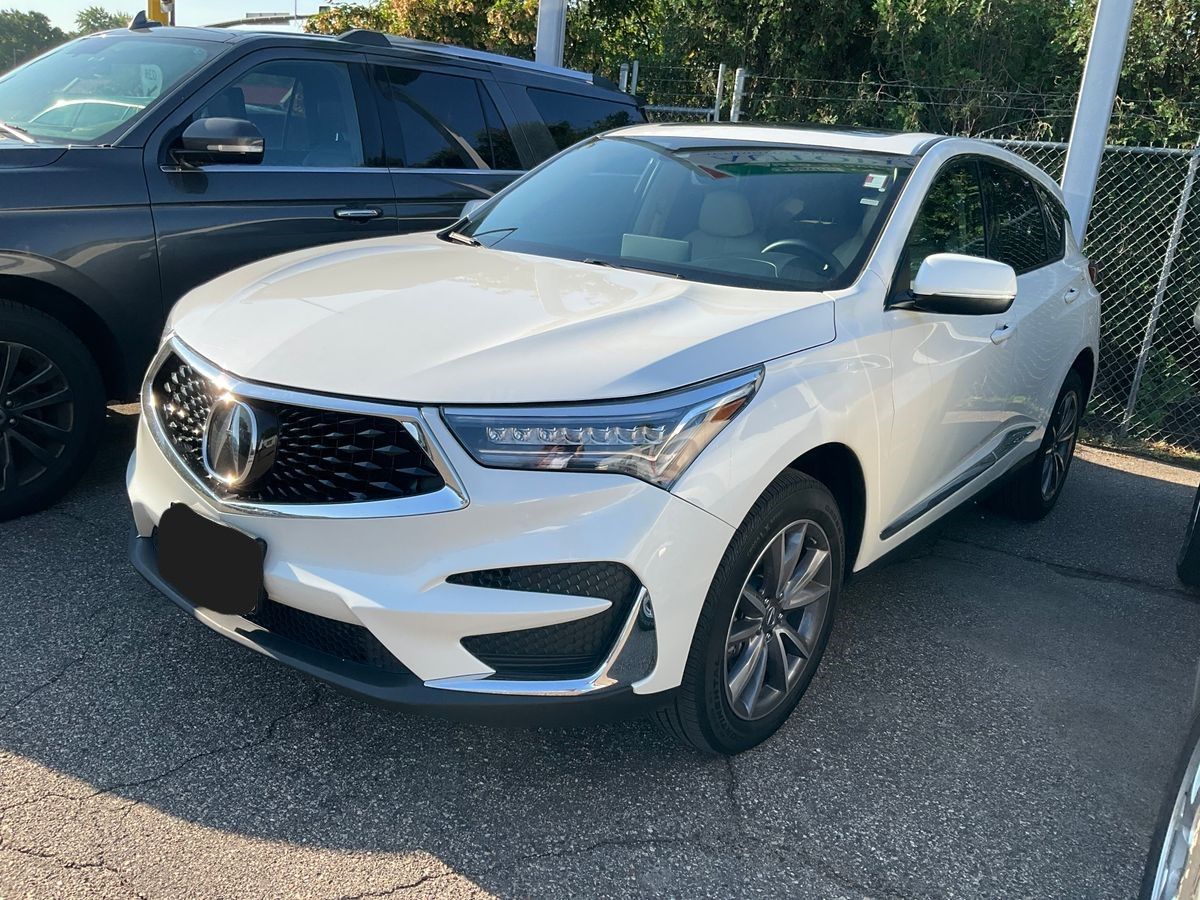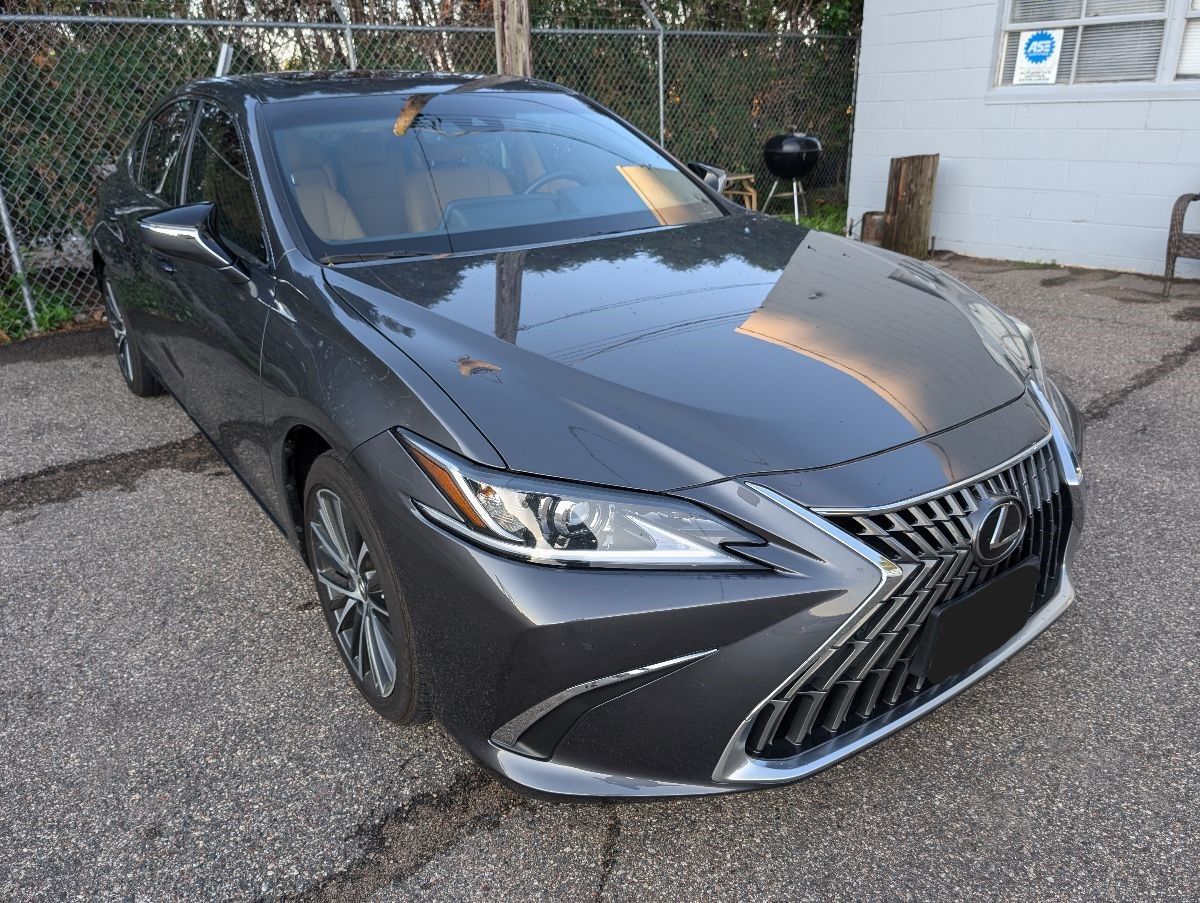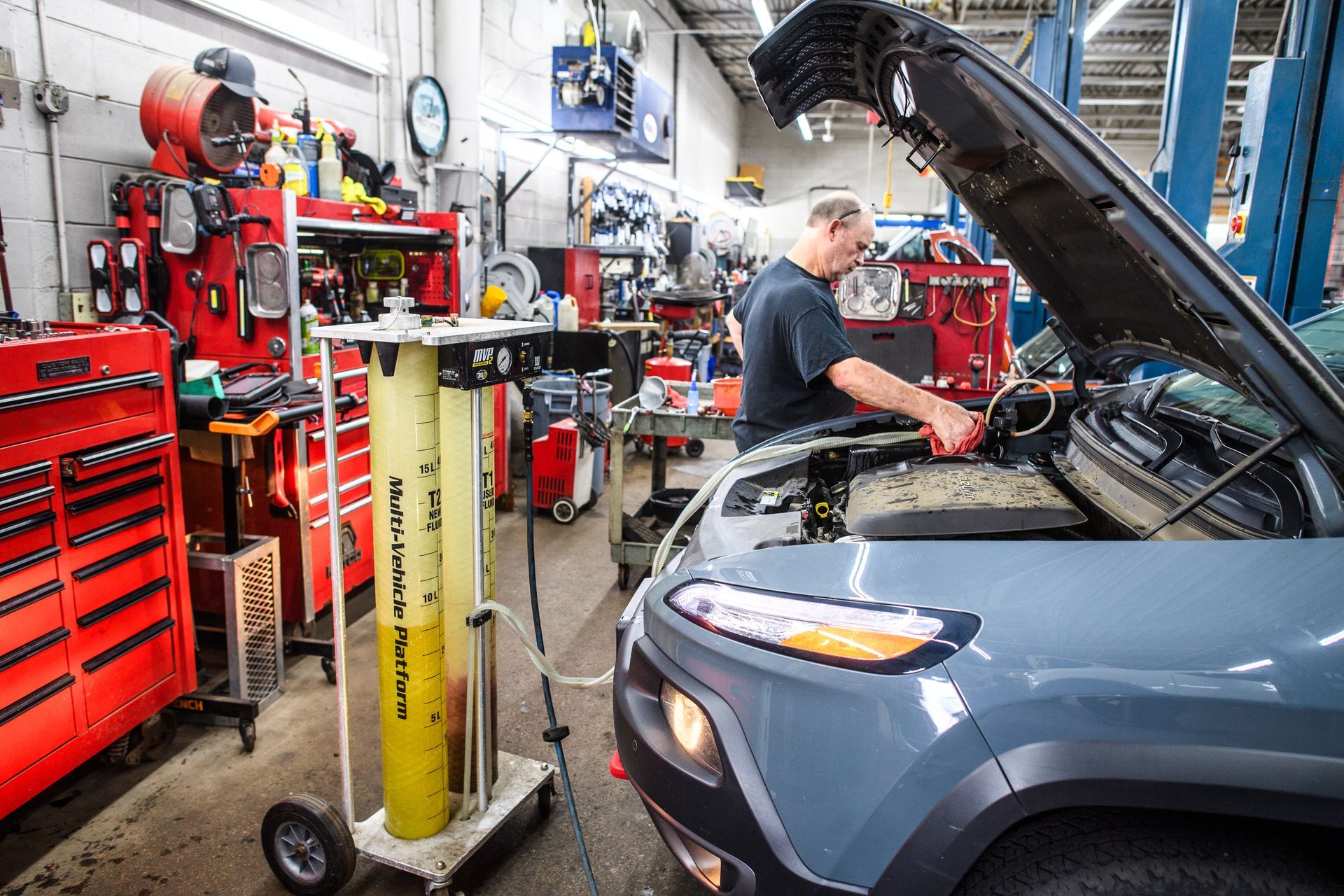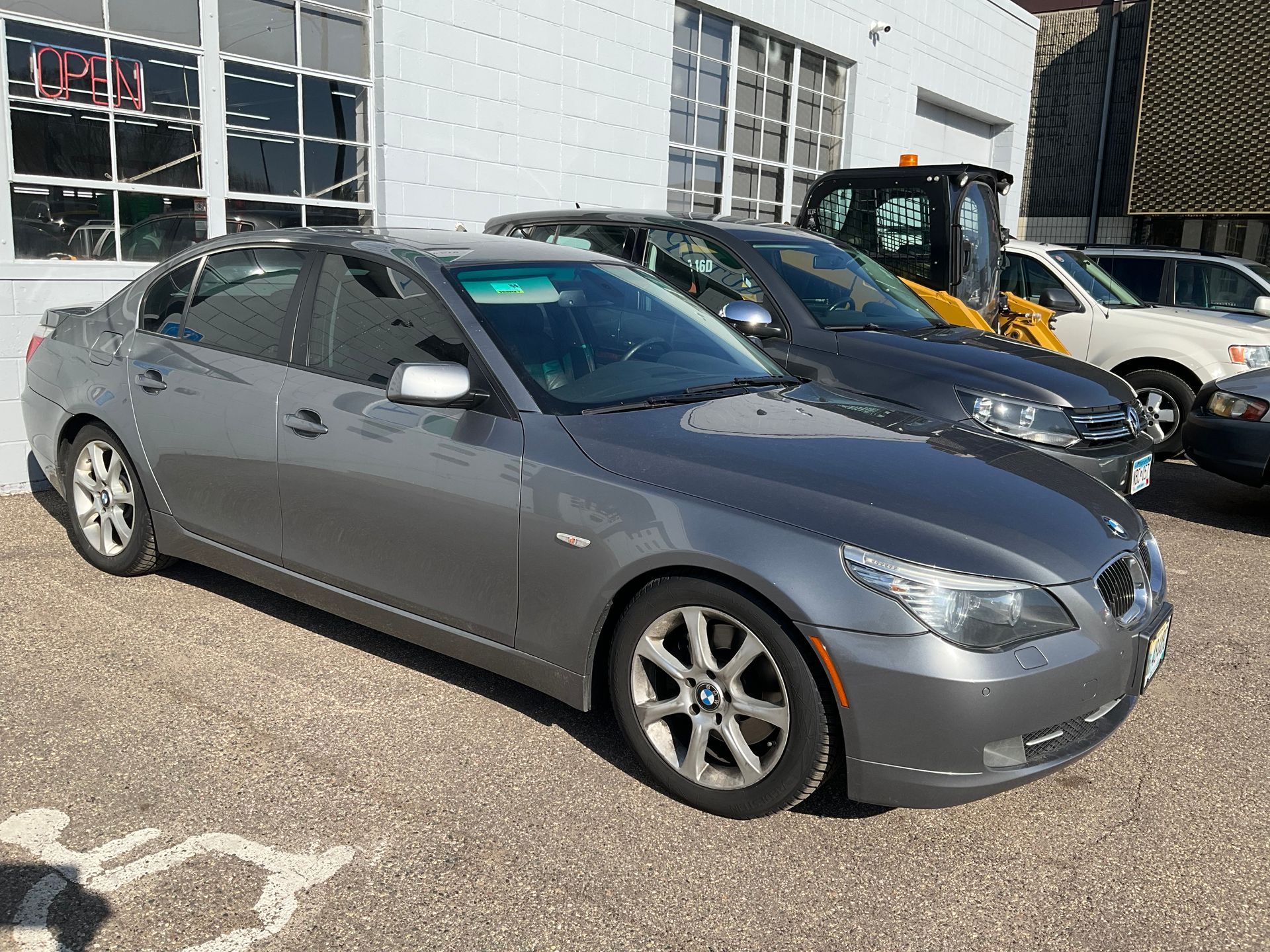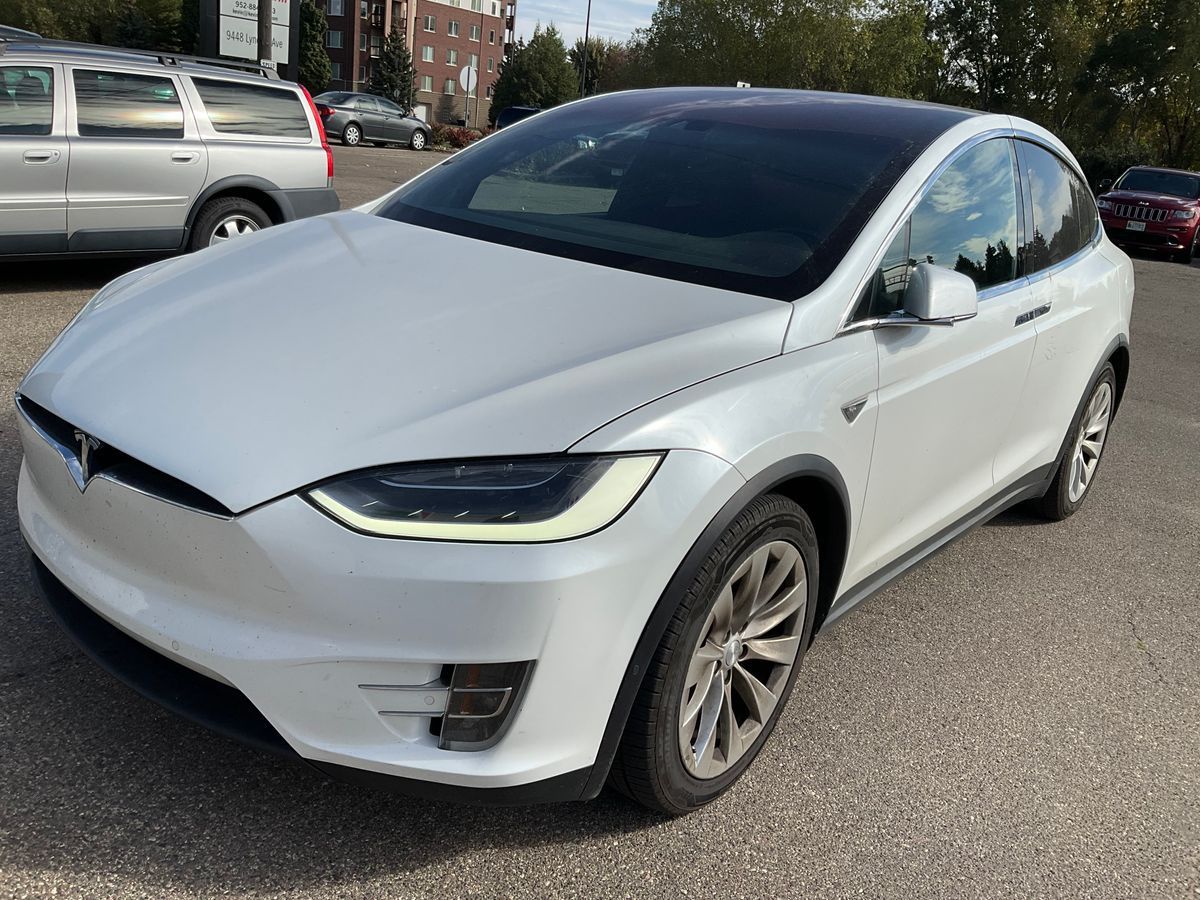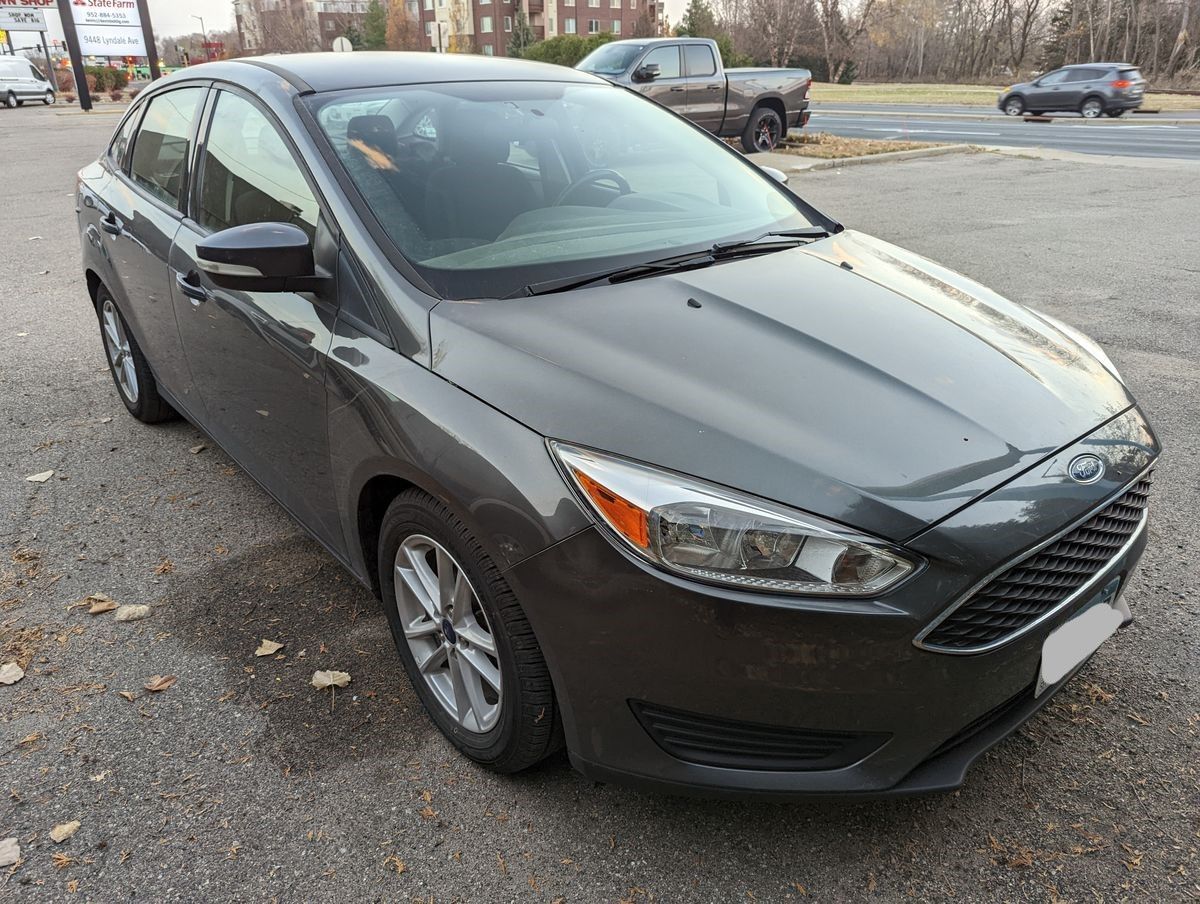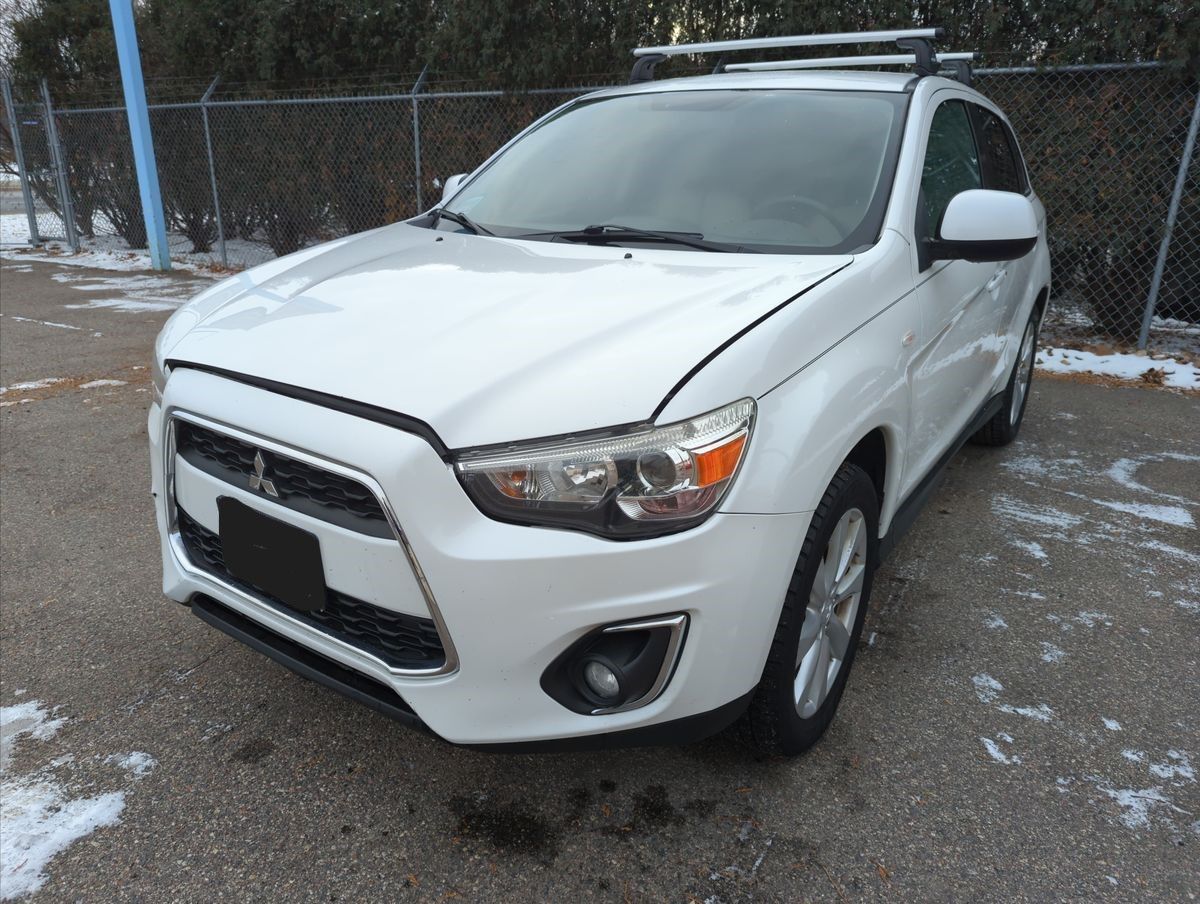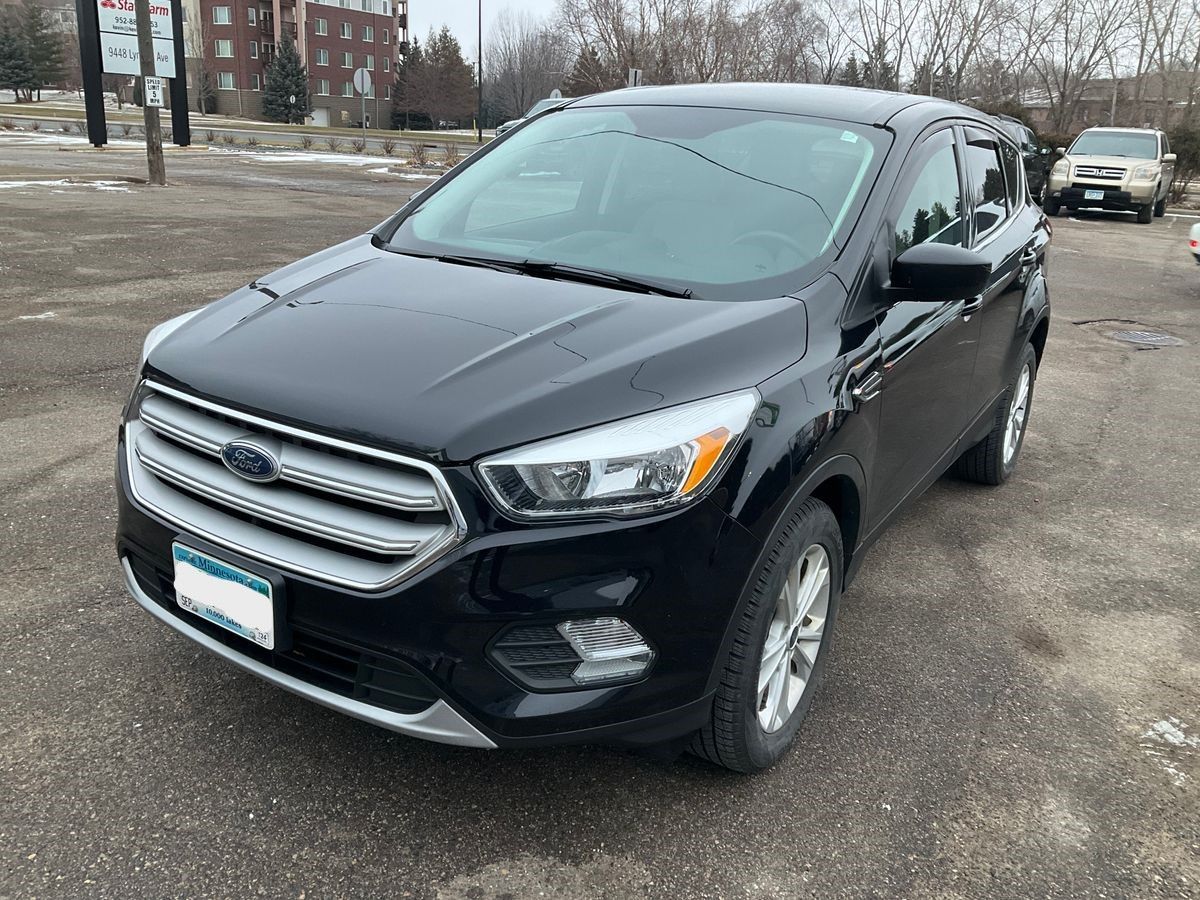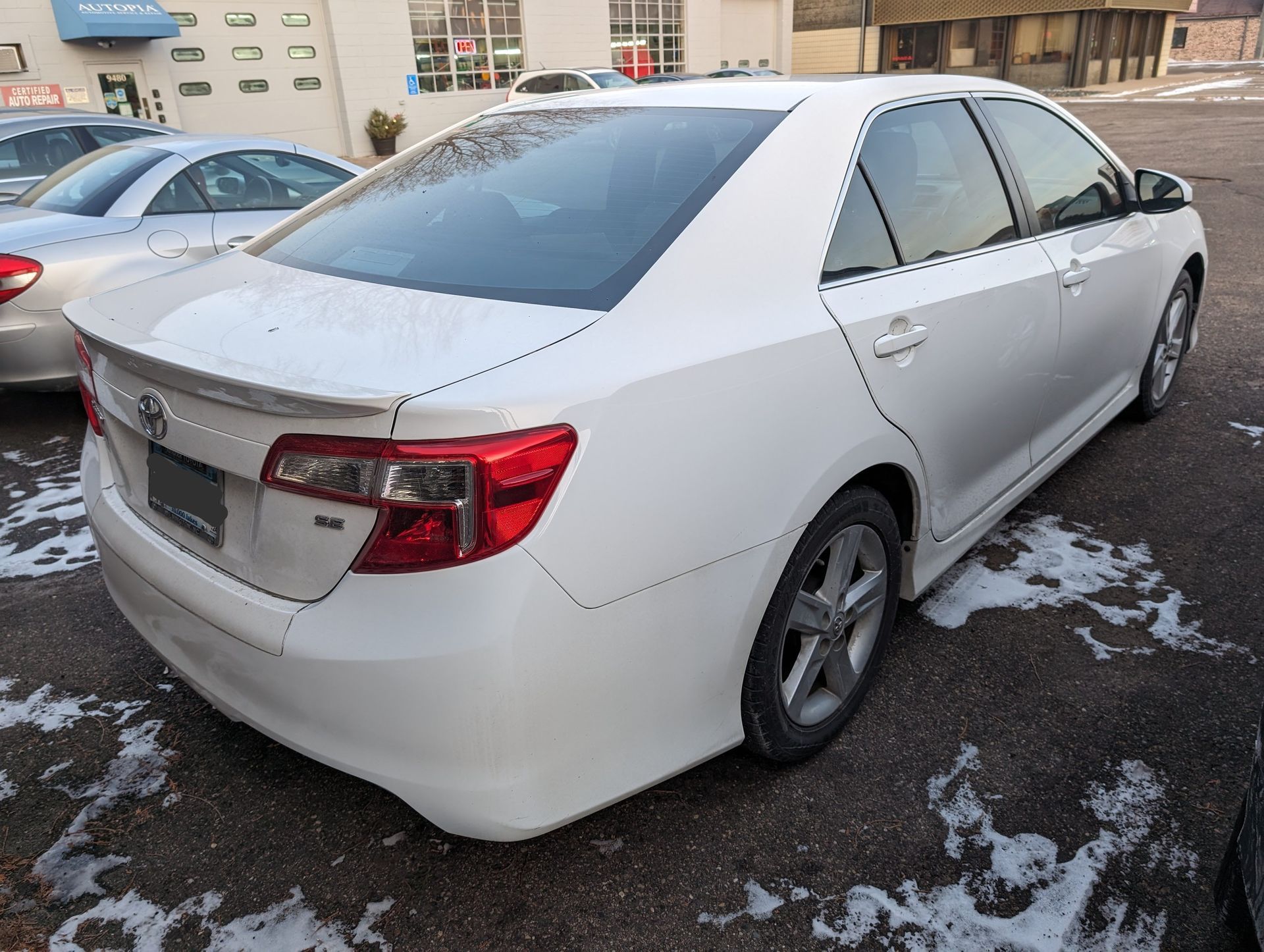Blog #155: Subaru AWD Readiness: Keeping Your Vehicle Trail-Ready And Road-Safe
Blog #155: Subaru AWD Readiness: Keeping Your Vehicle Trail-Ready And Road-Safe
At
Autopia Bloomington, we know Subaru owners love adventure. Whether it’s weekend hikes, snowy commutes, or spontaneous drives, Subaru’s Symmetrical All-Wheel Drive (AWD) system is what makes these vehicles legendary. But here’s something most drivers don’t realize:
AWD doesn’t automatically guarantee trail-readiness. It only performs at its best when the entire vehicle is maintained correctly.
Trail-readiness is not just about off-roading — it’s about
safety, reliability, traction, and control in everyday Bloomington driving. And the truth is, most Subaru owners overlook crucial maintenance steps that directly affect how well their AWD system performs.
This guide reveals the often-missed components, how to keep your Subaru adventure-ready, and the hidden factors that can wear out the AWD system sooner than expected.
Why Subaru AWD Isn’t “Set It And Forget It”
Subaru’s AWD system is engineered to distribute power to all wheels for maximum balance. But even a perfectly engineered system depends on surrounding parts working together:
- Tires must match and have even tread
- Fluids must stay clean and at proper levels
- The suspension must absorb impact and keep the vehicle stable
- The drivetrain must remain synchronized
- Internal components must not be strained or contaminated
When one of these areas falls out of balance, AWD performance drops — and your Subaru becomes less safe, less capable, and more expensive to repair.
10 Most Overlooked Checks Subaru Owners Forget
1. Tire Matching And Tread Uniformity
Subaru AWD is sensitive to tire differences. Even a small mismatch in tread depth can confuse the AWD system and damage the differential.
What Subaru Owners Miss:
✔ Replacing only two tires instead of a full set
✔ Ignoring small tread differences
✔ Using cheap, mismatched brands
Why It Matters:
Uneven tires force your AWD to overwork and can lead to differential failure — one of the costliest Subaru repairs.
2. Differential Fluid And Transfer Case Fluid
These fluids lubricate gears responsible for distributing power. When ignored, friction increases, leading to overheating and gear wear.
The Problem:
Many owners assume AWD fluid lasts forever. It doesn’t.
Smart Practice:
Change differential and transfer case fluids every 30,000–60,000 miles depending on usage.
At
Autopia Bloomington, we use high-quality fluids designed to handle harsh driving conditions.
3. Wheel Alignment For True AWD Balance
AWD vehicles need alignment more often because torque is delivered to all wheels.
Why Alignment Matters:
- Prevents premature tire wear
- Ensures AWD distributes power correctly
- Improves stability on trails and highways
If your Subaru feels like it “drifts,” this is your sign.
4. Suspension Wear That Affects Off-Road Stability
Your Subaru may be AWD, but worn shocks or struts can make it behave like a different vehicle altogether.
Warning Signs:
- Bouncing after bumps
- Nose-diving during braking
- Loose, floaty steering
Keeping your suspension healthy keeps tires planted and traction strong.
5. Brake System Readiness For Trail Or Snow
Traction is useless without a strong brake system.
Subaru-specific issues we often see:
- Uneven wear caused by AWD torque
- Sticky calipers from long winters
- Rotor glazing from mountain or highway driving
At Autopia Bloomington, we inspect all braking components — not just pads — to ensure full stopping power.
6. CV Joints And Axles: The Hidden Movers
These are crucial for keeping power flowing to your wheels. Dirt, salt, and rough terrain wear them out faster.
Look Out For:
- Clicking during turns
- Vibrations during acceleration
- Grease thrown inside wheel wells
Ignoring CV issues can lead to sudden axle failure.
7. Engine Cooling System And Heat Management
When the engine overheats, everything suffers — including AWD.
Subarus are known for long drives, mountain climbs, and camping adventures. But long drives heat up the engine, transmission, and AWD fluid.
Key Cooling System Checks:
- Radiator
- Hoses
- Thermostat
- Water pump
- Coolant quality
Trail-ready Subarus don’t run hot — they run efficiently.
8. Battery Strength For Modern Subaru Electronics
Subaru AWD depends on computers and sensors. A weak battery affects:
- Traction control
- X-Mode
- ABS
- Stability assist
- Advanced driver-assist features
If your Subaru feels “sluggish,” it may not be the engine — it may be the battery.
9. Undercarriage Protection And Rust Prevention
Subarus see more dirt, rain, and salt than most vehicles. Rust eats away at:
- Suspension
- Exhaust
- Frame points
- Brake lines
Regular undercarriage inspections keep rust from becoming a silent killer.
10. Subaru-Specific Diagnostic Scans
Generic code readers miss Subaru-specific AWD readings. At Autopia Bloomington, we use proper equipment to scan:
- Wheel-speed sensors
- ABS data
- Torque distribution
- AWD clutch pressures
- Transmission temperature
This helps catch early AWD issues before they become major repairs.
How To Keep Your Subaru Trail-Ready Year-Round
Perform Seasonal AWD Checks
- Winter: Tires, battery, brakes
- Spring: Undercarriage and suspension
- Summer: Cooling system
- Fall: Fluids and alignment
Don’t Ignore Small Changes
Your Subaru communicates through:
- Vibrations
- Noises
- Slight pulling
- Reduced acceleration
Small signs = early warnings.
Get A Professional AWD Inspection
DIY checks help, but Subaru AWD requires trained eyes.
A yearly inspection at
Autopia Bloomington keeps your vehicle ready for trails, winter roads, and long drives.
Frequently Asked Questions (FAQ)
Q: How Often Should I Service My Subaru AWD System?
Every 30,000–60,000 miles depending on driving conditions. Off-roading or winter driving may require more frequent checks.
Q: Can I Replace Only Two Tires On My Subaru?
Not recommended. Subaru AWD requires matched tires to avoid differential damage.
Q: Why Does My Subaru Shake When Accelerating?
Likely a failing CV axle or worn motor mount. Have it inspected immediately.
Q: Does Off-Road Driving Damage Subaru AWD?
It can — unless the suspension, fluids, and undercarriage are properly maintained.
Q: Is Subaru AWD Good For Everyday Driving?
Absolutely. It improves stability, traction, fuel distribution, and safety even on regular Bloomington roads.
Get Your Subaru Ready For Any Adventure
Your Subaru is built for confidence, adventure, and reliability — but only when maintained correctly. From fluid changes to AWD diagnostics, suspensions, tires, and brake systems,
Autopia Bloomington keeps your vehicle performing at its absolute best.
Whether you’re planning a trail weekend or simply want safer daily driving, our team ensures your Subaru stays trail-ready, road-ready, and adventure-proof.
Schedule your Subaru AWD inspection today at Autopia Bloomington — and drive into your next adventure with confidence.

